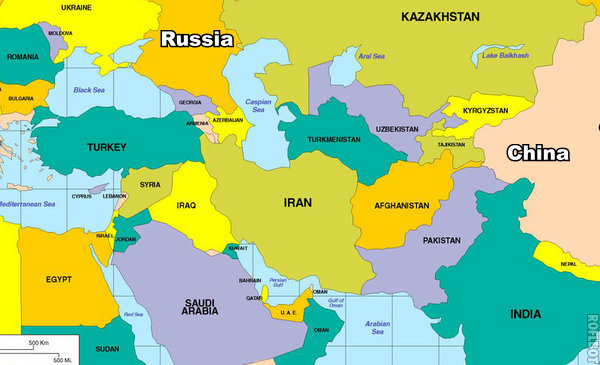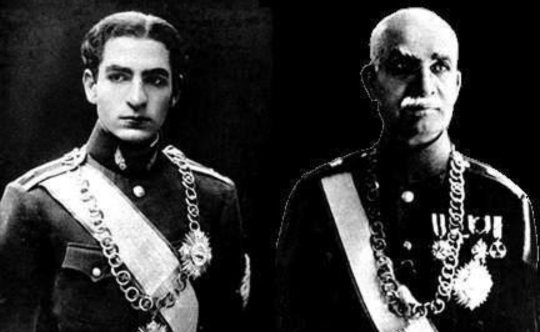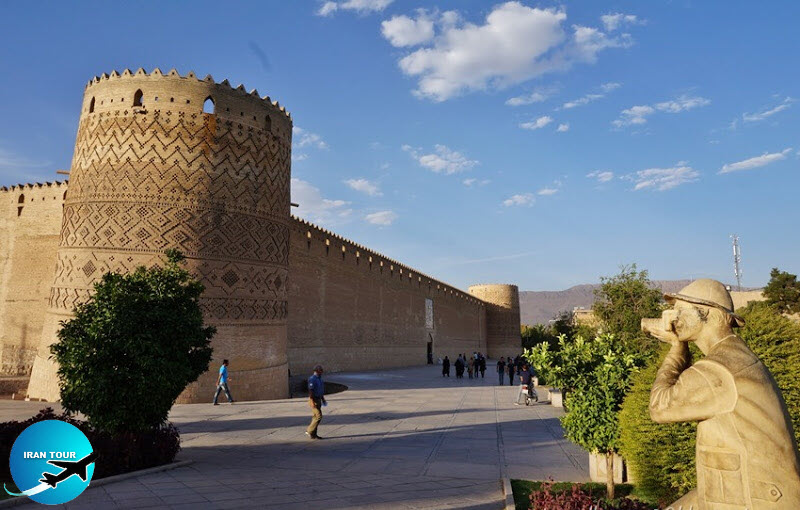Copyright 2020 - 2021 irantour.tours all right reserved
Designed by Behsazanhost
Iran Deserts
The deserts in Iran, most of which fall in the center of the Iranian plateau, are well known in the world for their enormous size, barrenness, and moving sands. Lut Desert is located southeast of Iran and Dasht-Kavir or Markazi Desert is located in the center. The length of the sand dunes in the Markazi Desert is approximately 150 kilometers. The relocation of moving sands is a big problem that threatens the towns and farms at the margin of Iranian deserts.
- Details
- Category: IRAN Blog
The Geographical situation of Iran
Iran is located southwest of the Asian Continent. From the north, the country borders the Caucasus and Caspian Sea (Mazandaran Sea) and Central Asia. From the east, it borders Afghanistan and Pakistan. from the south with the Persian Gulf and Sea of Oman, and from the west, it is bounded by Iraq and Turkey. Present Iran is part of a bigger mountainous plateau that incorporated several seas, lakes, and plains including the Caspian Sea at the north,...
- Details
- Category: IRAN Blog
Pahlavi Dynasty (1925-1979)
The Pahlavi dynasty was established in Iran after the dissolution of the Qajar dynasty in 1925 and continued until 1979 (for a period of 53 years). The Pahlavi regime was dissolved with the beginning of the Islamic revolution in 1979. Two kings, namely Reza Khan and his son Mohammad Reza, ruled the country during this period. By establishing a constitutional parliament, Reza Shah officially declared himself king
- Details
- Category: IRAN Blog
Qajar Dynasty (1789 - 1925)
The founders of the Qajar dynasty were members of a Turkmen tribe, known as Qajars, who had been brought to Iran from Central Asia during the Mongol invasion. Upon the arrival of this tribe, many feudal governors from different parts of the country mutually destroyed each other, either uniting or finally obeying the king of the country's capital in a federal system. After this unification, the Iranians united under a single banner. Their tribal colors still survived in the Iranian banner
- Details
- Category: IRAN Blog
Zand Dynasty (1760-1794)
As we have already mentioned after the death of Nader, his generals began to fight and plunged the country into chaos. Finally, Karim Khan Zand, a Lor boss, defeated his rivals and, after 16 years of chaos, brought peace to the country. Karim Khan, who never qualified as king, chose his capital in Shiraz
- Details
- Category: IRAN Blog




